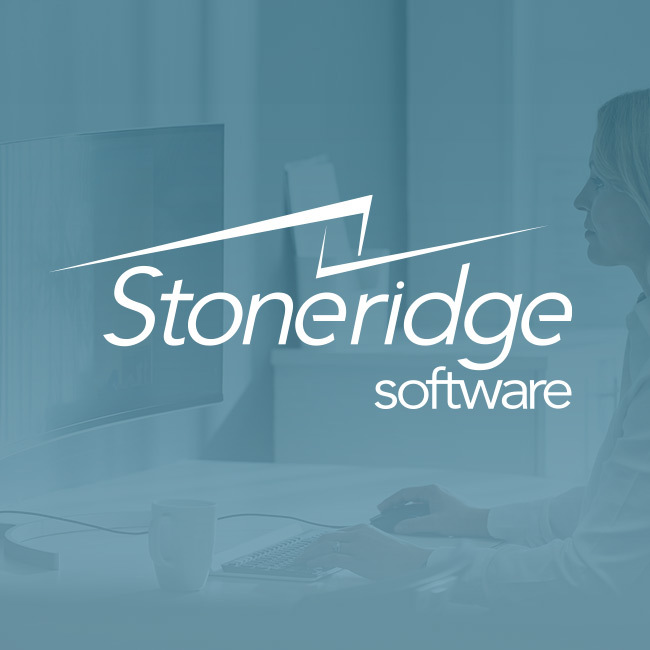Differences in Development for Dynamics 365 for Operations
The upcoming version of Dynamics AX is scheduled to release in February of 2016. All new versions of AX both scare and delight me, and this one is no exception! To prepare for the new release, I have been reading all of the documentation I can find and using it for a hands-on project of upgrading our internal AX 2012 customizations, using pre-release bits. During my learning journey, I have been taking notes. I thought I would start sharing my findings with you in the hope that they jumpstart your AX learning adventure.
All of the development work in the new release of Dynamics AX is done in Visual Studio (VS). The AX application is entirely browser-based and there is no more fat client with an AOT you can access in it. The change to VS brings all lot of differences for development in Dynamics 365 for Operations (AX7), and I'll start there with what I have noted thus far.
VS project types
There are Dynamics AX template project types that have been added to VS.
The template project types are:
- Dynamics AX Best Practice Rules - used for writing best practices checks for code and metadata
- Dynamics AX Developer Tool Add-in
- Dynamics AX Project - main project template type for containing customizations
When creating a new project, first create a new model:
- If you create a project without a new model, the project gets created in the sys layer in the model where the object being modified exists.
- Because the project is in the sys layer you cannot add existing objects to the project because you are working in the sys layer.
- You need to create a new model and put your projects inside of it.
- When you create the new model, the dialog asking about the new model will prompt for:
- The layer you want to work in
- The package you want to work in
- The first project you want to create
- Once the project has been created you can see the layer and model next to the project name in the Solution Explorer.
AXPP Files
- Files ending in axpp are the replacement for xpo files.
- To export and import projects similar to what you would do with xpos on 2012:
- In the Solution Explorer, right-click on a project and choose Export project <ProjectName>
- The project gets saved as a file with an extension of .axpp
a. The model the project is created in is saved in the axpp fileii
ii. The model contains the layer infoii. The model contains the layer info
ii. The model contains the layer info
b. The axpp file cannot be read with Notepad
3. To import the axpp containing the project in VS go to the Dynamics AX menu and choose Import project.
a. The project is created in the model (and layer) and saved in the axpp file.
ii. If the model doesn't exist in the imported environment, it will be generated.
4. Similar to 2012 and importing an xpo, in Dynamics 365 for Operations (AX7) you can do a comparison between the contents of the axpp file and the current environment.
a. To compare objects during the import: When you select Import project a dialog opens asking you to select the location of the axpp file.
1)When you select Import project a dialog opens asking you to select the location of the axpp file.
2)Once you have selected the axpp file at the bottom of the dialog there is a Details section.
3)In the details section, you can see all of the objects to be imported.
4)When viewing the objects, right-click on one of them and choose Compare to bring up compare window.
Packages
- It includes all of the models, binaries and additional pieces needed to deploy code.
- Similar concept to an AX2012 modelstore or in VS a solution.
- You can have multiple packages per installation.
- AX ships with several packages including:
- Application Suite
- This is the package containing most of the application code and is the most likely to be overridden.
- Application Suite
- Application Suite Form Adaptor
- Application Foundation
- Application Foundation Form Adaptor
- Application Platform
- Application Platform Form Adaptor
- When creating a model, the wizard prompts for which package the model should live in.
- To create customization objects (overlayer objects) you have to:
- Create a new model in the same package as the objects being customized.
- This is because there will be a dependency between your customizations and the objects being customized.
- Create a new model in the same package as the objects being customized.
- The new model has to exist in a layer that you can access (usr, cus, or var).
Want to learn more about development in Dynamics 365 for Operations?
Stoneridge Software hosts online classes. Learn more and register here!
[button title="Register Now" link="/services/dynamics-training/ax7-development-workshop-registration/" new_tab="yes"]
Under the terms of this license, you are authorized to share and redistribute the content across various mediums, subject to adherence to the specified conditions: you must provide proper attribution to Stoneridge as the original creator in a manner that does not imply their endorsement of your use, the material is to be utilized solely for non-commercial purposes, and alterations, modifications, or derivative works based on the original material are strictly prohibited.
Responsibility rests with the licensee to ensure that their use of the material does not violate any other rights.





